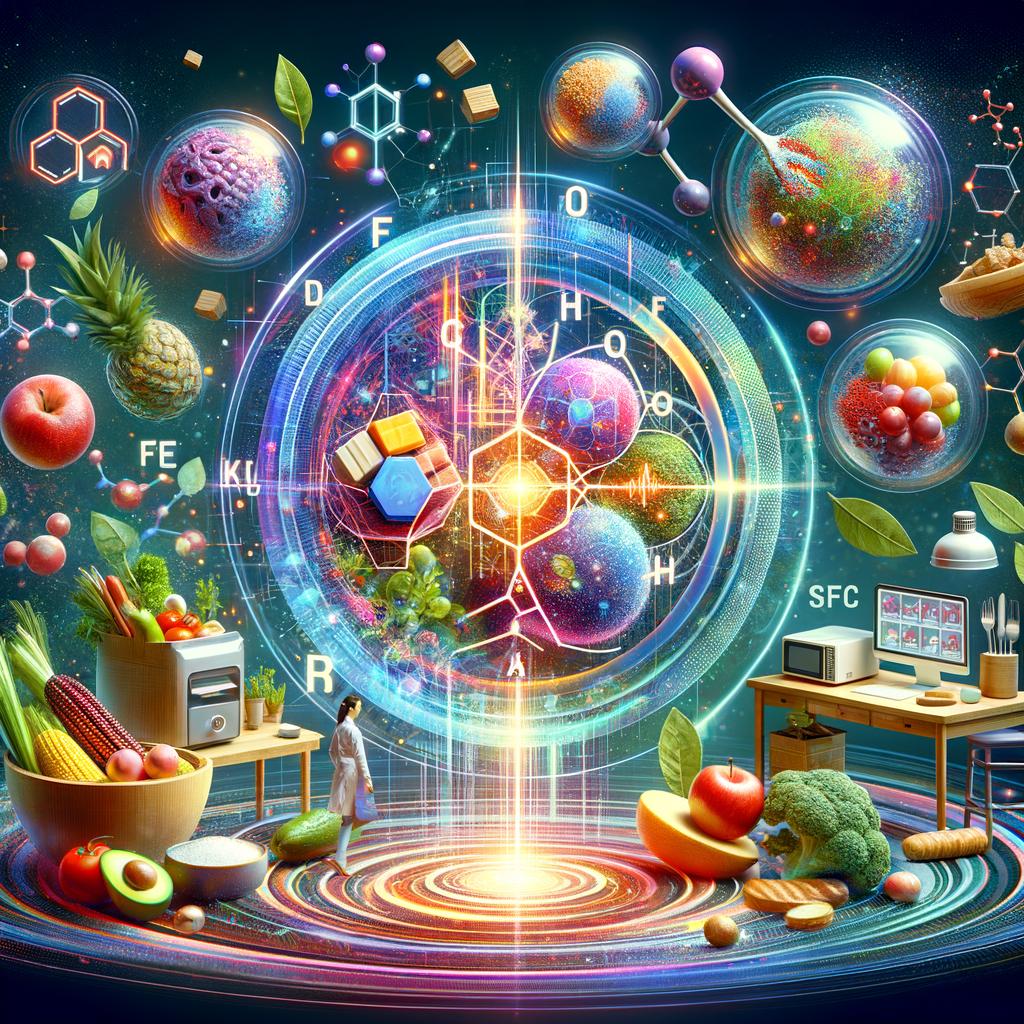
Launching into the World of Keto
You’ve been bitten by the Keto bug, but you are slipping on a banana peel of bewilderment, wondering, “What should my macros be on a Keto diet?” Fear not, dear friend; this is where we can help. Macros, or macronutrients, are the necessary substances our body needs for energy. On a Keto, you should aim for around 70% of calories from fats, 20% from protein, and less than 10% from carbohydrates.
This waltz of macronutrients ushers your body into a state of ketosis, where fat, not carbs, is your main source of energy. In this article, we will whisk you through this universe of fats, proteins, and carbs, making you a maestro in managing macros on a Keto diet.
Understanding the Macros: Fats, Proteins and Carbs
This isn’t about numbers on a page. It’s about the food you eat and what it means for your body. A Keto diet is like a financial budget; it’s all about the allocation. The way you distribute your calorie consumption often determines your success on the diet.
The Fat Cat of Keto Macros
Don’t shy away from fats on a Keto diet; they’re not the villain. In fact, they wear the halo of a hero, being your main source of energy. You know the saying, “Too much of a good thing can be bad?” Well, it doesn’t apply here. With 70% of your calories sourced from fats, you’re running on a slick, smooth energy pathway.
Proteins: The Steady Ship
Unfairly relegated to the margins while fats take center stage, proteins quietly hold the fort. Constituting 20% of your macros, proteins often act as the oar to navigate through the rough keto-seas, helping the body maintain and build lean muscle tissue.
Navigating the Carb Iceberg
When it comes to carbs, the Keto diet is like a tightrope walker. With less than 10% calories from carbs, it’s all about calculated minimalism. But don’t view it as deprivation; instead, see it as liberation – from those sugary, processed carb sources.
Getting Jiggy with the Macros
Confused? Don’t be! By understanding your macronutrients on a Keto diet, you’re about to turn confusion into confidence. Here’s a nifty way to bring it all together- imagine your daily calorie intake as a pizza. Fats are the cheese stretching across most of the pizza, proteins make up a generous slice, and carbs are the spoonful of oregano on top, small but packing a punch!
Adapting your Calorie Cuisine
Remember, a Keto diet isn’t a one-size-fits-all magic hat. Your activity level, metabolic rate, and lifestyle all influence your macro percentages. Think of it as a fashion that fits your body and tastes; you might need to alter it a bit to make it work for you.
The Last Bite
So, what should your macros be on a Keto diet? Most importantly, they should be a set of friendly, familiar figures that guide you towards your health goals. Remember, while fats are the all-star players, proteins and carbs also have essential roles. Together, they form a trio of terrific partners in your Keto journey, helping to unlock a wellspring of energy, health, and happiness.
Frequently Asked Questions
1. Q: Are there specific foods to eat to meet my macros on a Keto diet?
A: Yes! Avocado, oily fish, eggs, cheese, and nuts are great sources of healthy fats. Lean meats & dairy provide protein, while leafy greens and berries offer low-carb options.
2. Q: Can I change my macro distribution on a Keto diet?
A: Yes. Your macros are flexible, like a yoga instructor! Depending on your dietary needs and fitness goals, they can be adjusted. However, keeping fats high is key.
3. Q: Is it necessary to count macros on a Keto diet?
A: While not necessary, counting macros can provide a structured roadmap to achieving your Keto diet goals.
4. Q: How do I calculate my macros for a Keto diet?
A: There are plenty of online macro calculators available. You input your details such as age, weight, and activity level, and the calculator provides a tailored macro breakdown.
5. Q: Can I eat all my carbs in one go on a Keto diet?
A: It would be best if you spread your carb intake throughout the day as it helps to maintain steady energy levels.


